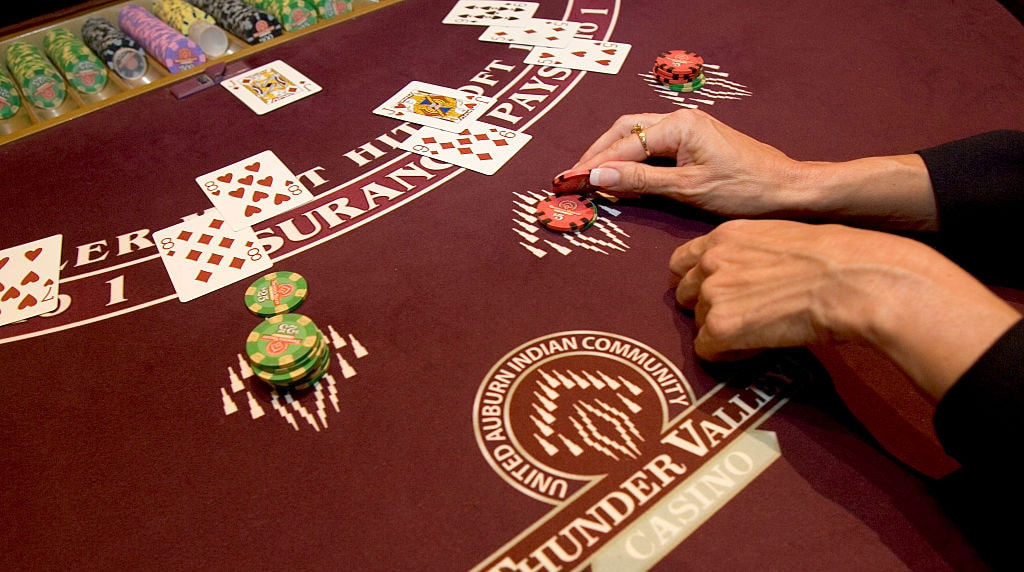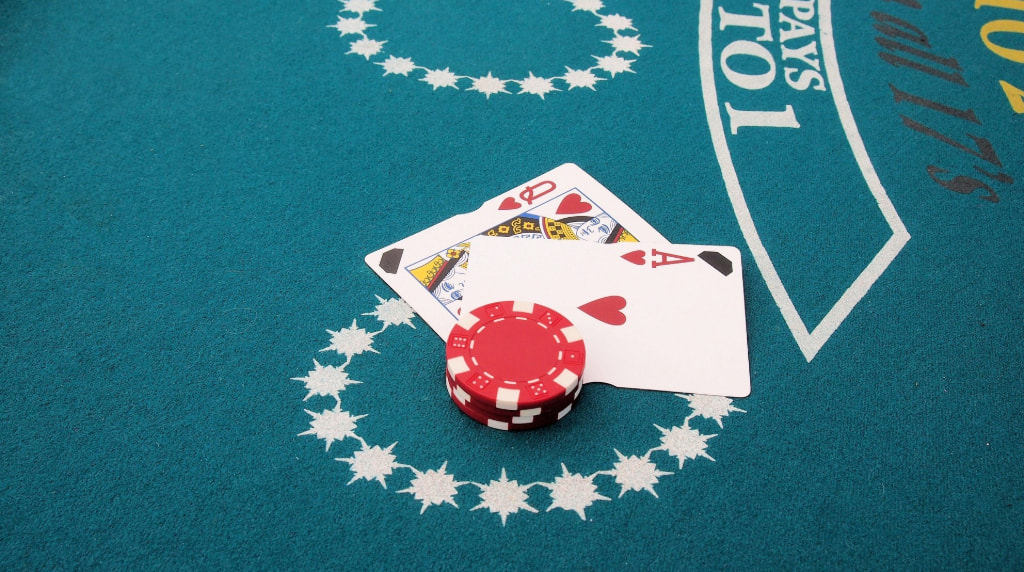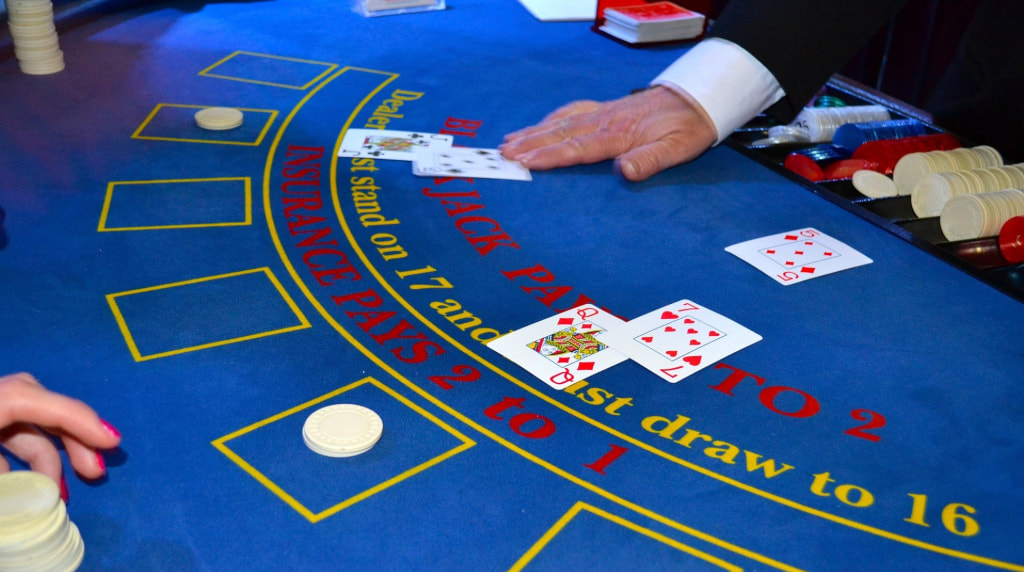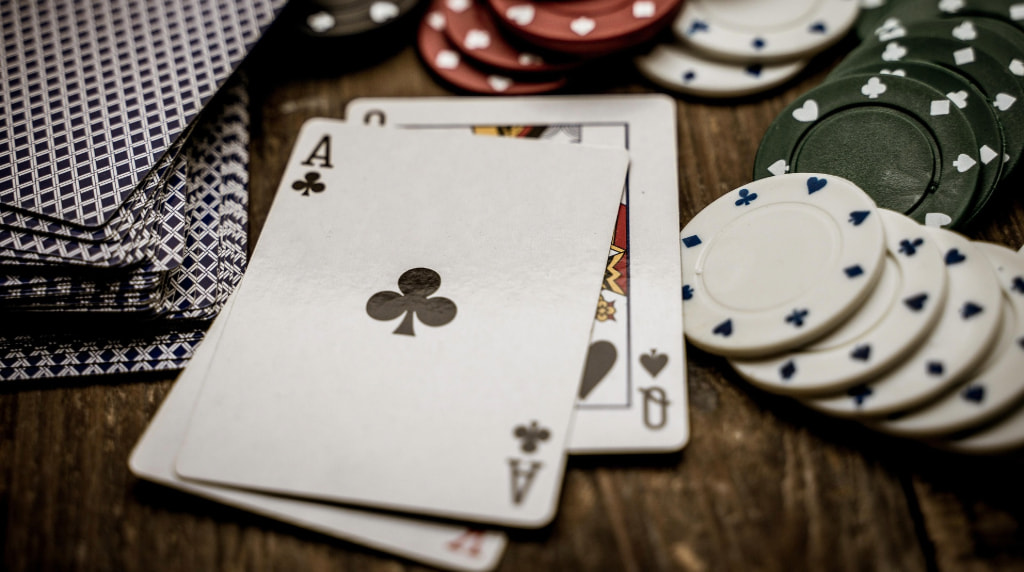When to Split in Blackjack: Using the Strategy Effectively
In blackjack, ‘splitting’ refers to dividing two cards of the same value into two separate hands. Potentially, players can turn a bad hand into two winning hands. However, as you will read in this strategy guide, not every pair should be split every time.

A pair of 8s against the dealer’s face card. What is the correct blackjack play here? © Getty Images
What Does a Split Mean in Blackjack?
In addition to the double down, blackjack has a second game feature that players should understand to make the correct strategy calls. Splitting two starting cards of the same value can be massively beneficial to players as stakes can be doubled, meaning winnings could be doubled or a likely loss negated.
Blackjack sites in the UK have differing rules, but for the most part, they allow you to split any two cards of the same value. This includes 10-value cards such as a Queen and a 10. Would this be a good play? They total 20, and most times, this is a winning blackjack score. Therefore, the play is dubious at best.
Splitting in Blackjack: The Basic Strategy
There is a basic set of ‘split rules’ that all blackjack players should adhere to. The first is always to split Aces. Dealers at live blackjack casino sites and most online blackjack sites will only allow you to take one additional card on each split Ace.
With many 10-value cards in the deck, you will likely make a score of 21. Although this will technically be a blackjack, casino sites only pay ‘blackjacks’, dealt courtesy of split aces at even-money odds.
8s is another pair that should always be split – a pair of 8s totals 16, one of blackjack’s worst hands. After all, you are likely to bust if you hit and will win only if the dealer busts. Depending on the table rules, dealers bust between 28 and 30% of the time.
Conversely, 4s should never be split. A player must draw at least two more cards on each 4 to reach a potentially winning score. However, the play comes with a strong possibility of busting. Therefore, instead of spending extra money on a poor proposition, simply hitting the eight score is a better play.
Likewise, never split 5s. Treat a pair of 5s as a 10 – meaning you should double-down if possible, especially against dealer’s 2-9. As previously stated, 10s is not a hand to split. With a firm 20, you have a high chance of winning, so splitting against any dealer starting card would be counterproductive.
Unquestionably, the worst cards to split in blackjack are 5s and 10s.
When to Split: Situational Blackjack Hands
If you are dealt a pair of 2s, 3s, 6s, 7s
Against a dealer’s 2-7: Split. These are weak dealer up-cards, and splitting will increase your chance of winning both hands.
Against a dealer’s eight or higher: Do not split. When the dealer shows an 8 or better, they can easily make a strong hand (18 or above). The logical play is to hit on your score of 4, 6, 12 or 14 and use the conventional strategy of drawing to at least 17.
If you are dealt a pair of 9s
Against a dealer’s 2-6, 8, 9: Split. You can easily make two strong hands, and the dealer’s weak cards mean you will have an advantage.
Against a dealer’s 7, 10, Ace: Do not split. There is a far higher chance that the dealer will make a hand stronger than either of your split hands.
Card Counting and Other Blackjack Plays
Blackjack strategy can vary slightly based on the house rules – like whether the dealer hits or stands on soft 17 and the number of decks used. However, the split strategies are hard and fast across almost all rule sets.
Casinos scorn on card counting, but the strategy offers players in live game scenarios – typically where shuffle machines are not used – a legitimate chance to beat the house. The tactic can impact the conventional blackjack splitting strategy.
Card counters keep track of the ratio of high cards (10s and Aces) to low cards (2s-6s) that remain in the deck. A deck rich in high cards increases the likelihood of making strong hands when splitting, whereas a deck laden with low cards suggests players should proceed cautiously.
When more high cards remain, splitting Aces is even more advantageous as there is a higher chance of drawing a 10 to make a blackjack. As a rule, 2s, 3s, 6s, and 7s should be split more often with a positive (high-card heavy) count, particularly when facing a dealer’s weak up-card (2-6).
When many high cards have been played – suggesting a run of low cards is due (a negative count), splitting becomes less advantageous. This is because the chances of drawing a low card on a split hand are increased, weakening potential scores.
Practice to Perfect Blackjack Strategy
The importance of understanding when to split in blackjack cannot be understated. It can be very advantageous and equally disadvantageous – or very costly. Many blackjack sites in the UK have free-play or micro-stakes games where new players can practice and refine their strategies for better long-term outcomes.



